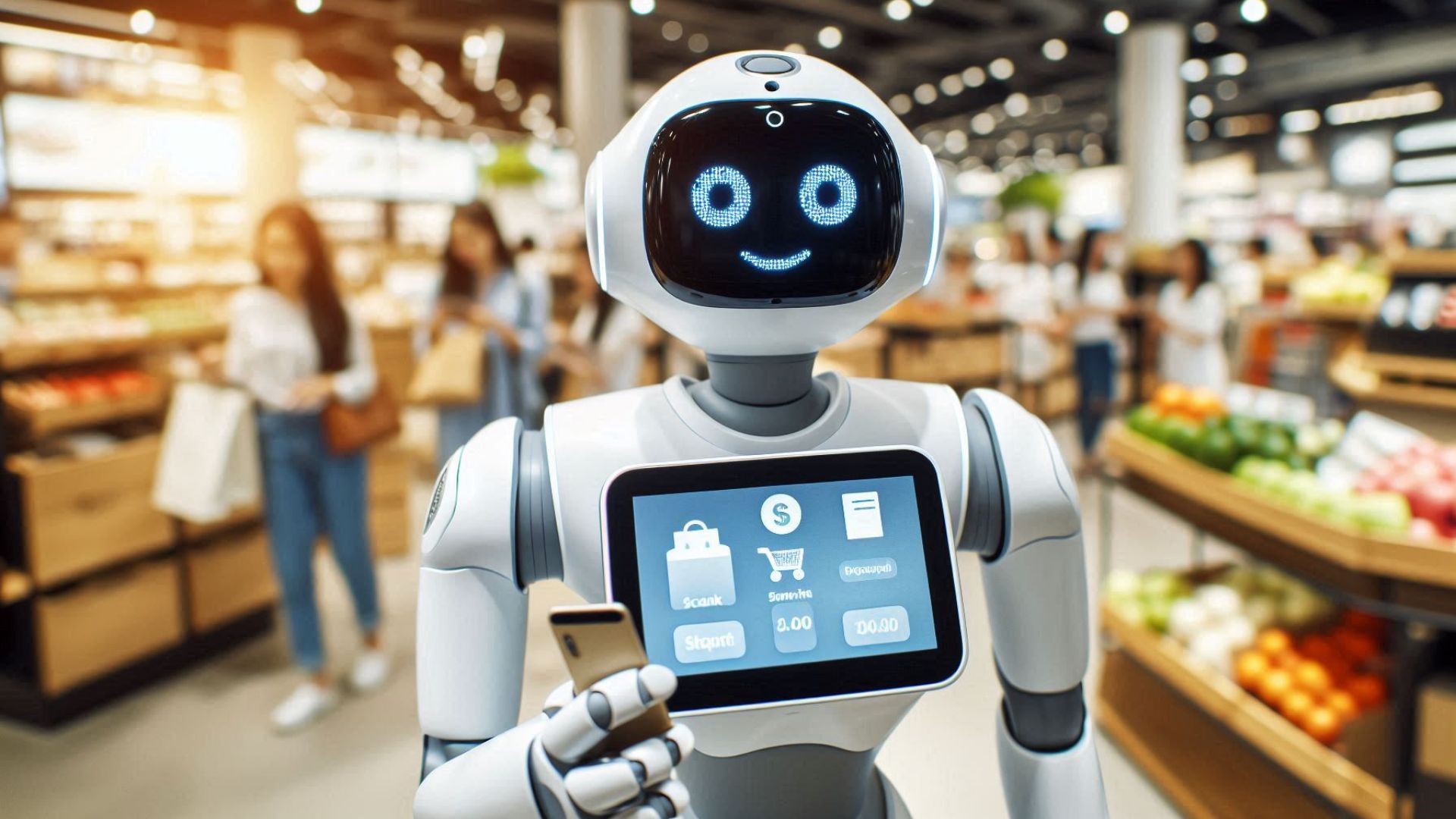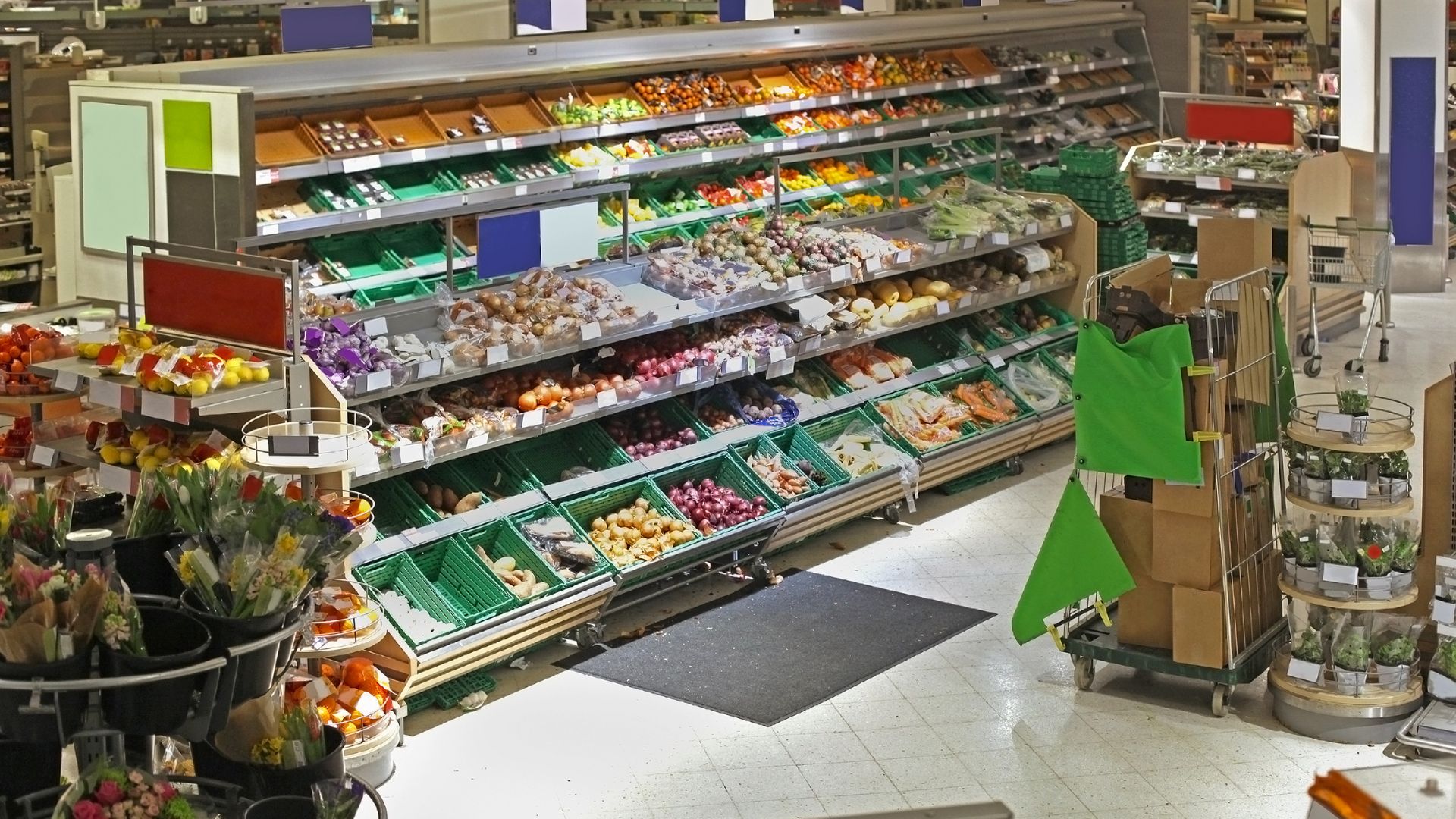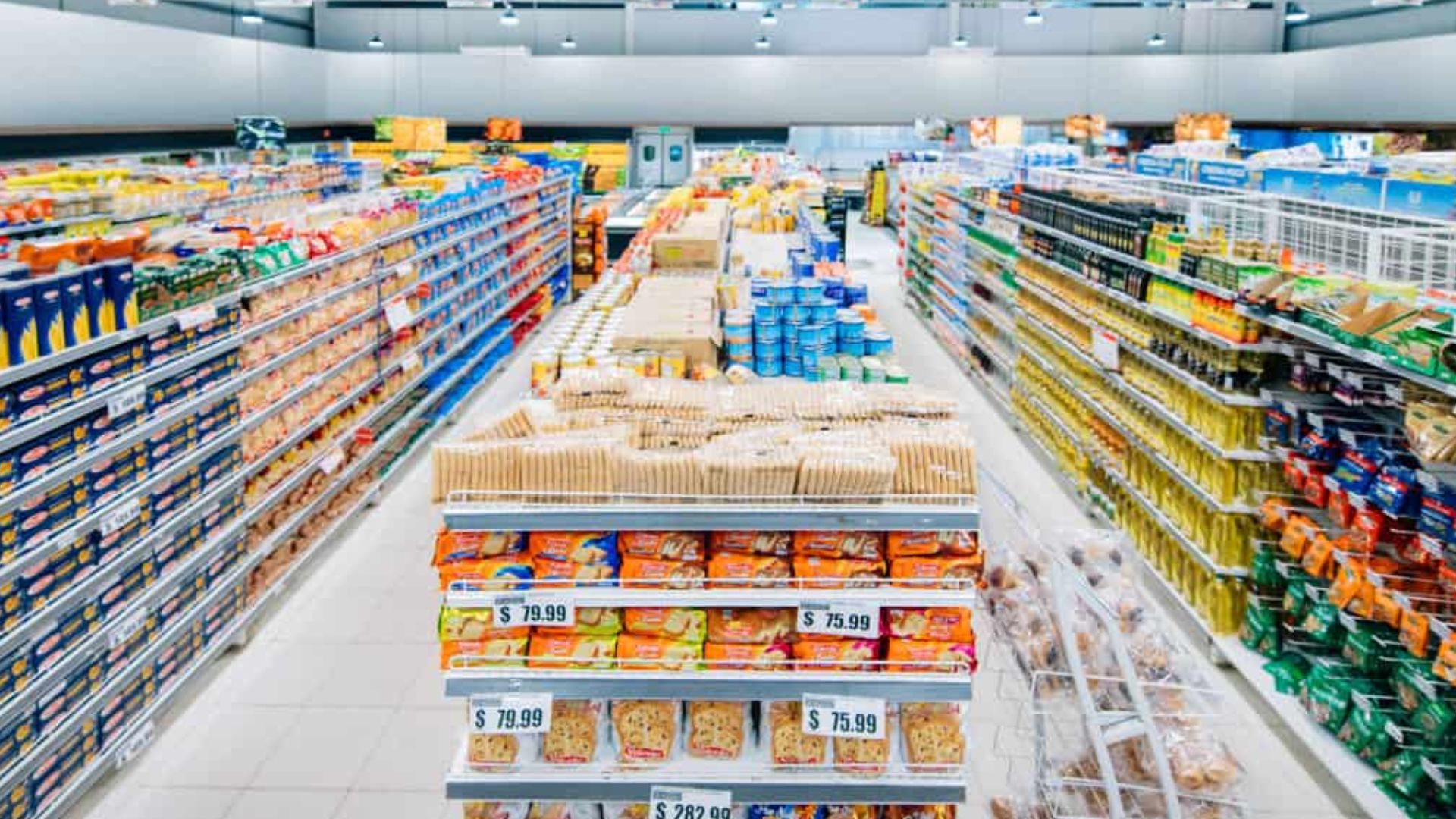For CPG brands, retail execution starts with precision, especially when aligning products to the right shelf strategy. However, terms like CPG, FMCG, and retail are often used interchangeably, causing confusion and poor in-store execution.
Knowing the differences helps brands plan promotions, manage shelf space, and work more effectively with retail partners. Fast-moving SKUs require different merchandising tactics than slower-turnover categories. Without that clarity, execution gaps emerge, like stockouts, misplaced displays, and missed sales opportunities.
This article clarifies the differences and overlaps between CPG, FMCG, and Retail, with a focus on how each influences category management, shelf visibility, and performance measurement. The goal is to help CPG leaders align strategies more effectively and drive stronger in-store outcomes.
Key Takeaways:
- Key distinction: All FMCGs are CPGs, but not all CPGs are FMCGs. CPG covers a broader range, including slower-turnover, premium products beyond fast-moving goods.
- Know your category: Customize strategies based on product speed, shelf life, and purchase frequency for better shelf presence and sales.
- Use data smartly: Real-time shelf analytics drive informed decisions, improving availability, compliance, and promotions.
- Customize merchandising: FMCG needs high visibility; slower CPG benefits from grouping and bundling for stronger engagement.
- Balance innovation and speed: Slower-moving CPGs invest more in product development and brand building, while FMCGs prioritize rapid launches and convenient packaging.
What is CPG?
CPG stands for Consumer Packaged Goods, which are the everyday products neatly stocked on store shelves, sold in boxes, bottles, cans, or wrappers. For example, chips, shampoo, detergents, or bottled water. What defines them? They’re usually low-cost, purchased often, and need to be replaced regularly.
For CPG brands, the real game is about where and how it shows up in-store. Your success hinges on factors like:
- Shelf placement: Are these products placed at eye level or lost at the bottom shelf?
- Planogram compliance: Are retail stores adhering to the ideal layout, or the product placed in the wrong section?
- On-shelf availability (OSA): Are products actually in stock when a customer reaches for them?
These are the major KPIs that impact brand visibility, sales velocity, and in-store execution quality. For CPG brands operating in FMCG categories, retail execution is about flawless, consistent performance at the shelf. Because when a fast-selling item is out of stock, misplaced, or poorly displayed, the sale is lost, and the consumer often moves on to a competitor.
What is FMCG?
FMCG stands for Fast-Moving Consumer Goods, referring to products that sell quickly, are relatively inexpensive, and often have a short shelf life. Products such as soft drinks, snacks, toiletries, and packaged bread are examples. These are the products people buy regularly and expect to find on shelves without fail.
FMCG is actually a subset of CPG. That means all FMCG products are CPGs, but not every CPG product is an FMCG. For example, a bar of chocolate (FMCG) sells faster than a bottle of laundry detergent (CPG, but not necessarily a fast-moving one). The major difference is the pace of sale and turnover.
For retailers and CPG brands, this distinction matters. FMCGs generate high-volume sales, which puts pressure on maintaining consistent stock levels, ensuring tight shelf management, and implementing quick replenishment cycles.
That’s why CPG brands managing FMCG categories need to stay on top of shelf execution, especially in high-traffic stores. Retail execution software, such as ParallelDots, helps track this in real-time, captures images with up to 98% accuracy, and provides critical execution insights within 60 seconds for brands.
What is Retail?
Retail is the final step in the product journey, the point where goods are sold directly to consumers.
For CPG and FMCG brands, this is where shelf space, pricing, and promotions come together to influence the shopper’s decision in mere seconds.
At retail, your product’s visibility depends on how well placement, pricing, and promotions are executed on the shelf, often outside your direct control. That means your brand’s performance often comes down to how well you align with retailers to execute strategies like planogram compliance, end-cap displays, and real-time replenishment.
The best-performing CPG brands are working closely with retail partners to stay aligned on what’s selling, what’s not, and how to keep shelves fully optimized.
How Brand Strategies Differ Across CPG, FMCG, and Retail
The differences may seem subtle, but they have significant implications for pricing, turnover, and managing those retailer relationships. Here’s a quick breakdown to help you understand better.

Also Read: AI and Image Recognition in the FMCG Industry Drive Perfect Store Execution
How Does This Matter for CPG Brands?
The CPG vs FMCG distinctions shape how brands can plan promotions, manage retail execution, and influence in-store visibility.
- Category Management: Whether you're selling fast-moving snacks or slower-turning products, such as skincare, your shelf strategy can't be the same for both. CPG brands must customize their planograms and assortment strategies to align with product velocity and category behaviour.
- Merchandising: For FMCG products, visibility is everything. End-caps, eye-level shelves, and checkout displays are important. But for longer-shelf-life CPG goods, smart merchandising means grouping by usage or bundling to encourage purchase decisions in slower-turnover categories
- Promotional Planning: FMCGs often rely on volume-driven tactics like discounts and flash offers. CPG brands, on the other hand, need a smarter balance, partnering with retailers to plan promos that boost short-term sales without undercutting brand equity.
- Product Development: CPG brands usually follow longer product development cycles, focusing on deep consumer insights and innovation to create high-quality, differentiated products. FMCG brands prioritize speed, rapidly launching new or updated products to keep pace with changing consumer demands, especially in fast-moving categories.
- Packaging: Packaging is key to shelf impact. FMCG packaging focuses on convenience, portability, and high visibility to drive quick, impulse purchases. CPG packaging emphasizes premium quality and brand value, with designs that signal trust and functionality.
Therefore, as a CPG brand, you may straddle both categories depending on your portfolio. For example, if you sell both toothpaste (FMCG) and premium skincare (slower-turnover CPG), your in-store strategies, data focus, and retail partnerships need to reflect those category differences.
Understanding the difference between CPG and FMCG helps brands fine-tune shelf strategies—but acting on those insights requires real-time shelf data. Real-time analytics give CPG brands the clarity they need to improve shelf execution, reduce stockouts, and drive sales where it matters most.
The Role of Data Analytics in CPG
To win the shelf, CPG brands need live data on how their products are performing in stores, not just sales numbers, but presence, position, and promotion. Data analytics provides the clarity needed to make informed decisions that directly impact sales and market share.
- On-Shelf Availability (OSA): Ensuring your products are consistently available prevents lost sales and strengthens retailer relationships.
- Share of Shelf: The amount of shelf space your brand occupies influences visibility and buyer choice. Tracking share of shelf helps you identify opportunities to expand presence and improve category positioning.
- Planogram Compliance: Maintaining adherence to agreed shelf layouts ensures consistent brand presentation and maximizes shopper impact.
- Promotional Lift: Measuring the effectiveness of promotions allows you to focus investment on initiatives that deliver measurable returns.
Advanced tools such as ParallelDots’ Shelfwatch enable brands to collect and analyze shelf data across multiple retail locations efficiently and at scale.
Ultimately, utilizing data analytics enables CPG brands to gain the insights necessary to optimise in-store execution, enhance collaboration with retailers, and drive sustainable growth.
How Does ParallelDots Help CPG Brands?
ParallelDots provides CPG brands with AI-driven shelf monitoring and analytics tools that transform their in-store execution management. By capturing real-time, image-based data from retail shelves, ParallelDots helps brands with:
- Real-Time Shelf Monitoring: Track the availability, placement, and stock levels of your products across multiple retail locations, ensuring that products are placed in high-traffic areas for maximum exposure.
- Automated Image Recognition with ODIN: This deep learning tool provides SKU-level product recognition, helping brands ensure compliance with planograms and maximizing shelf space and visibility.
- Planogram Compliance Monitoring: Retailers often misplace products, automated checks ensure your products are where they need to be, improving visibility.
- Pricing Compliance Verification: ParallelDots uses Optical Character Recognition (OCR) technology to ensure price tags are displayed correctly, reducing pricing errors and improving consumer trust.
Final Thoughts
For CPG brands, understanding the differences between CPG, FMCG, and Retail is essential to optimize shelf strategies and drive sales. Real-time data analytics—tracking on-shelf availability, share of shelf, and planogram compliance—empowers brands to make informed decisions and act quickly.
AI-powered retail execution software like ParallelDots simplifies this process, providing accurate shelf insights at scale. By using these technologies, CPG brands can enhance in-store execution, strengthen their relationships with retailers, and gain a competitive edge in a rapidly evolving market. Book a call with Paralleldots here!
FAQs
- What are common challenges CPG brands face in retail partnerships?
CPG brands often struggle with inconsistent planogram compliance, limited shelf space, and fluctuating retailer priorities. Maintaining product visibility while balancing promotional demands and inventory management requires strong data-driven collaboration with retailers.
- How important is sustainability in packaging for CPG and FMCG products?
Sustainability is increasingly critical for both the CPG and FMCG sectors. Brands are adopting eco-friendly materials and reducing packaging waste to meet consumer expectations and regulatory demands, which also influences shelf placement and brand perception.
- How do digital trends impact CPG and FMCG marketing strategies?
Digital channels enable targeted consumer engagement, real-time feedback, and personalized promotions. While FMCG brands often leverage fast-paced social media campaigns, CPG brands may focus on content-driven storytelling to build deeper brand loyalty.
- How does pricing strategy differ between CPG and FMCG products?
CPG products often support tiered pricing, premium, mid-range, and value, reflecting quality and brand positioning. FMCG pricing tends to be competitive and volume-driven, focusing on affordability and frequent promotions to encourage quick purchases.
- What role does innovation play differently in the CPG versus the FMCG sectors?
In CPG, innovation centers on long-term product development, quality improvements, and meeting niche consumer needs. FMCG innovation prioritizes rapid iteration, packaging convenience, and limited editions to capture shifting consumer trends and sustain shelf excitement.


